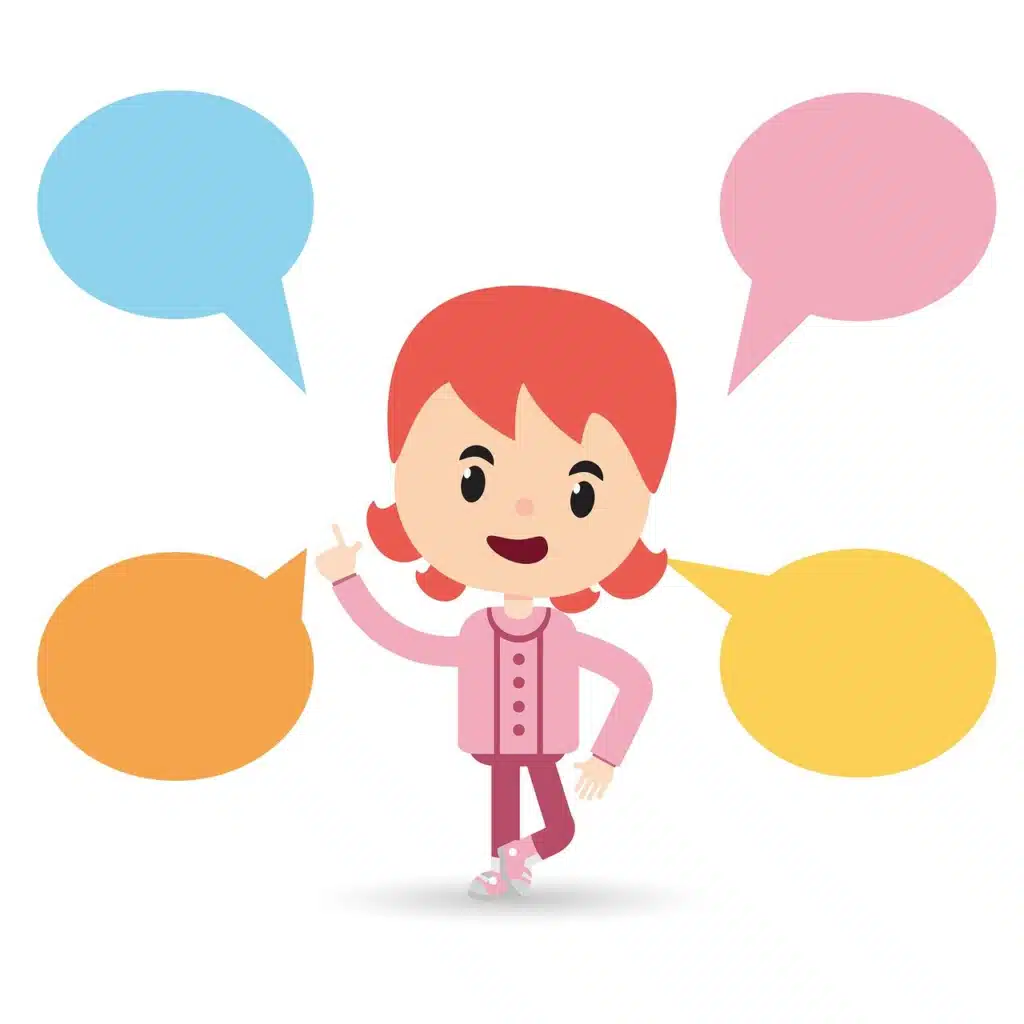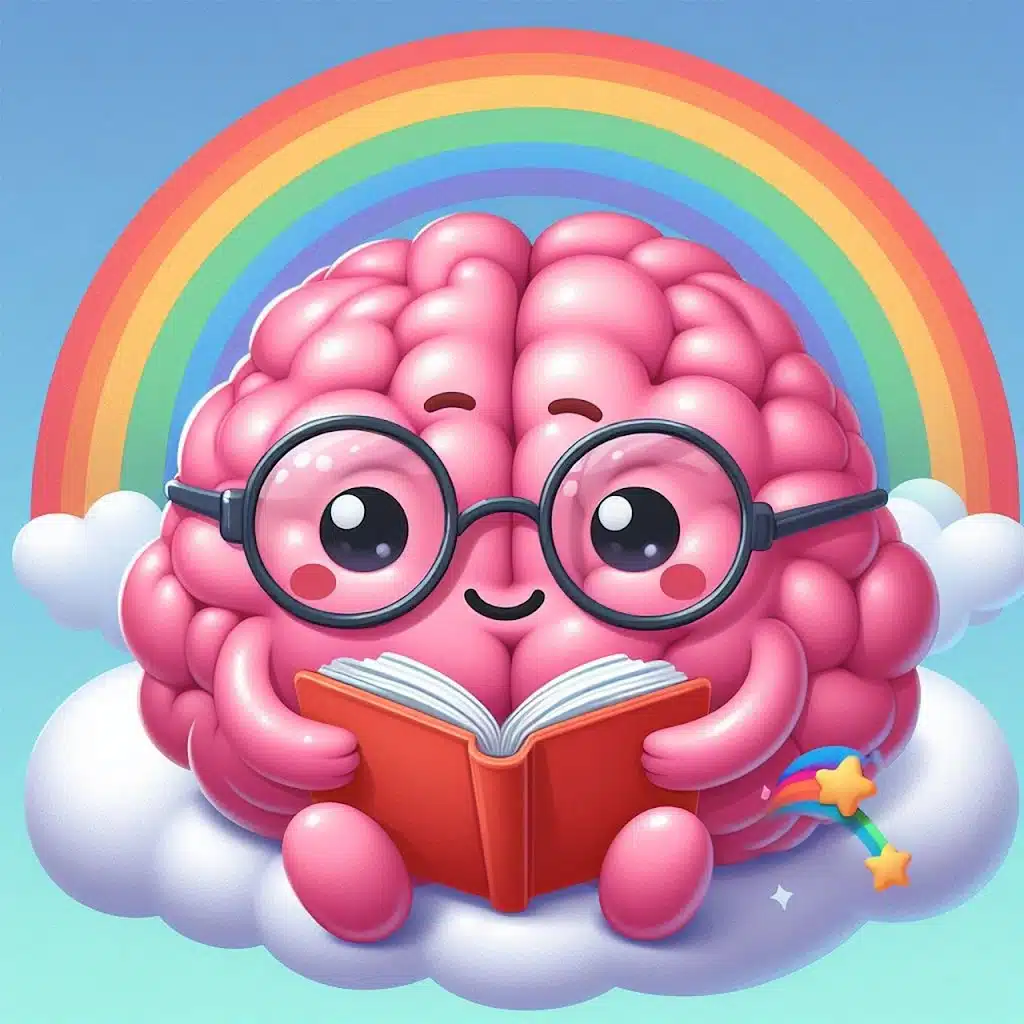I’ve been doing this speech therapy thing for quite a while now (seriously, about to start my 25th year!). One thing that consistently strikes me is how often our students who stutter, are missing a really fundamental piece of the puzzle: understanding their own stuttering. This is a key piece to empowering kids who stutter, especially as they get into the middle and upper grades.

I’d love to hear from you: What kind of resources do you find would most benefit your students who stutter in developing a better understanding of their speech? Share your thoughts in the comments below!
The Missing Piece: Understanding their own stuttering
Think about it – we spend so much time, and rightfully so, teaching strategies to help ease those bumpy moments in their speech. But how often do we really dig into the “why” behind it all? While doing this, we focus on empowering kids by helping them understand their speech patterns.
I’ve seen so many amazing kids who’ve been in therapy since they were tiny, faithfully practicing their smooth speech techniques with each new SLP who comes along. And yet, when you talk to them, their big questions are often still: “How do I fix this?” and “When can I graduate from speech?” It’s almost like we’re giving them tools without a clear understanding of the landscape they’re navigating.
Beyond “Fixing” the Stutter

Imagine someone with essential tremors just trying to hold still, without knowing it’s a neurological thing. Or someone with nystagmus (involuntary, rhythmic eye movements), where the eyes move in ways they can’t control. It’s kind of the same with stuttering. Knowing this can enable children who stutter by giving them more awareness about their condition.
It’s also important to acknowledge that for young children, early intervention and the teaching of fluency strategies can indeed be highly effective in reducing or even eliminating stuttering. The earlier support is provided, the more neuroplasticity can be leveraged.
However, the longer stuttering persists, the more ingrained it can become, often making complete elimination less likely and the focus of therapy shifting towards management, acceptance, and effective communication. Empowerment lies in knowing how to manage one’s stutter, especially for persistent cases.
Furthermore, the longer a child stutters, the more likely they are to develop negative emotional responses to their disfluency, such as anxiety, frustration, avoidance behaviors, and even shame. These emotional layers can then further complicate their communication experiences, making empowerment a crucial step in therapy.
The Exhaustion of “Smooth Speech” Strategies

For those who haven’t experienced it, try this: for the next half hour, consciously try to use all the fluency strategies we often teach. Go incredibly slowly. Start every consonant with a super soft onset. Pay meticulous attention to every single time your speech isn’t perfectly smooth, every little stumble or word you don’t quite say “right.” Imagine how empowering it can be for kids who stutter to know they’re not alone in this struggle.
It’s exhausting, isn’t it? And for many of our older students who stutter, this isn’t a temporary exercise; it’s their daily reality when they try to mask their natural way of speaking. After years of practicing these strategies, the persistent question echoes: “Why am I still stuttering? Why hasn’t therapy ‘fixed’ it?” Empowering kids who stutter means helping them shift from just managing symptoms to embracing their unique voice.
Empowering Students Who Stutter
That’s why I’m so passionate about education. Kids deserve to know what affects their stuttering – is it stress? excitement? certain words? What’s the deal with incidence rates? (Spoiler alert: it’s more common than many think!). Giving them this knowledge empowers them. It shifts the focus from “fixing” something that isn’t “broken” to understanding and accepting a part of themselves.
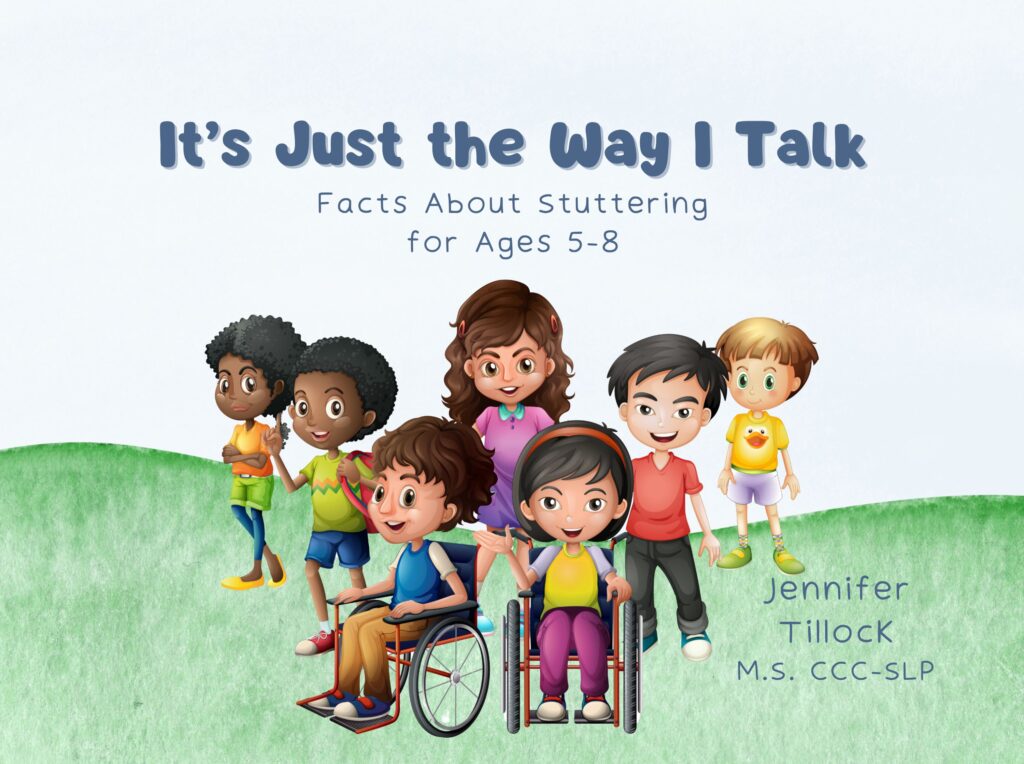
This is a big part of why I created “It’s Just the Way I Talk: Facts About Stuttering for Ages 5-8” (reaching #40 in Children’s Books on Physical Disabilities on Amazon!). It’s a gentle way to introduce these concepts to younger kids, empowering them from a young age.
Practical Resources to Foster Self-Advocacy in Kids Who Stutter
And for my fellow educators and therapists working with older students, keep an eye out! I’m diving into the brain research behind stuttering in an upcoming book aimed at those mid to upper grades – because they deserve those deeper answers that empower their understanding of stuttering.
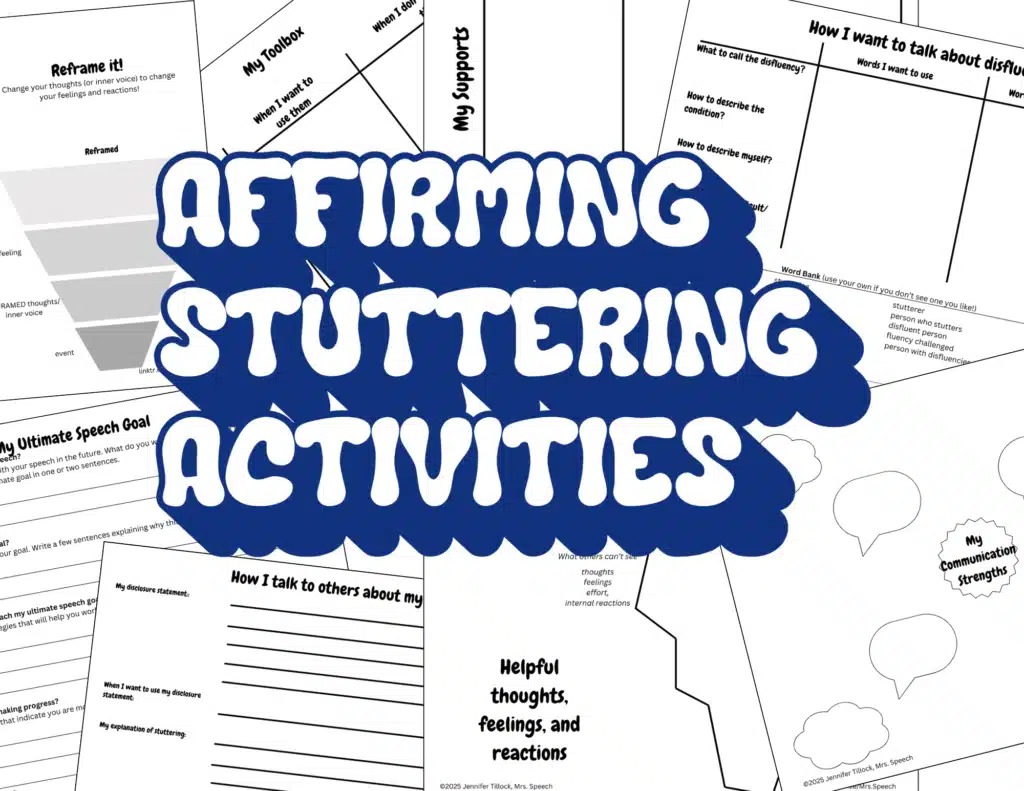
In the meantime, I’ve also put together a resource on Teachers Pay Teachers called “Affirming Stuttering Activities”. It’s packed with activities designed to help students who stutter explore and discuss their experiences, thoughts, and feelings related to their speech. It’s really great for giving voice to kids who stutter.
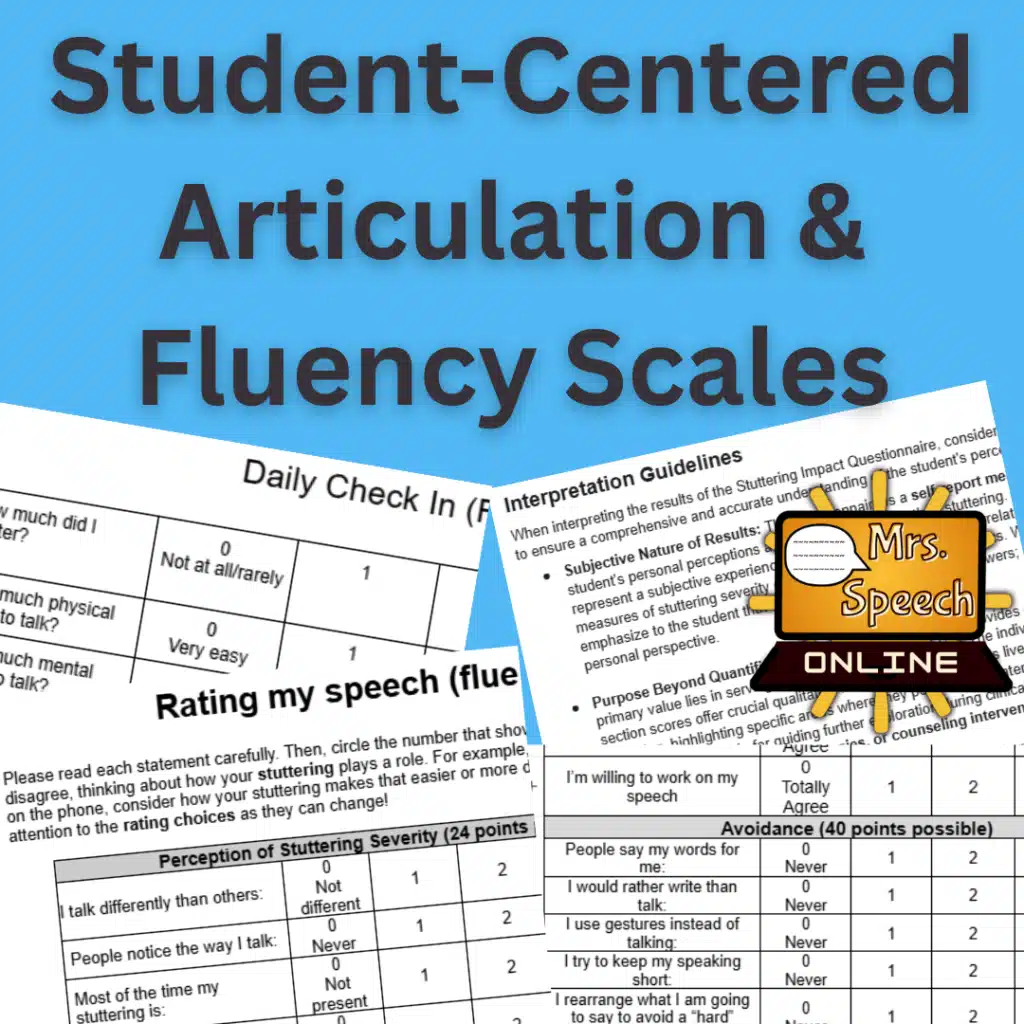
One tool I’ve found helpful in shifting this perspective is a simple “Speech Self-Rating Scale”. Instead of just focusing on how many stutters they had, students can rate their overall ease of speaking, the tension they felt, how effectively they communicated their message, and their satisfaction with the interaction. This helps them recognize that communication is about more than just fluency.
Subscribe for a FREE 10-question Daily Check-In Form!
Let’s move beyond just the “tricks” and empower our students with knowledge and self-acceptance. Because communication comes in all forms, and every voice deserves to be heard and valued, just the way it is. When we do this, we’re truly empowering kids who stutter to see their voice as valuable and unique.
What comes after the strategies? In my next post, I’ll be exploring the importance of stutter affirming, student-centered goals in stuttering therapy. Don’t miss it!
Talk soon,
Social Media Icons: designed by rawpixel.com – Freepik.com
